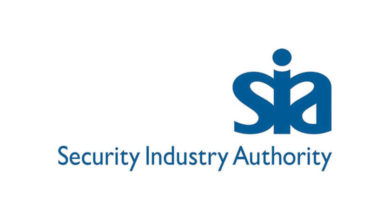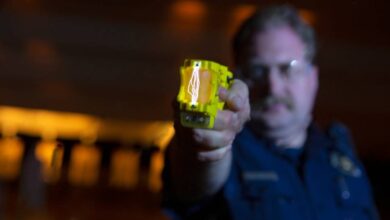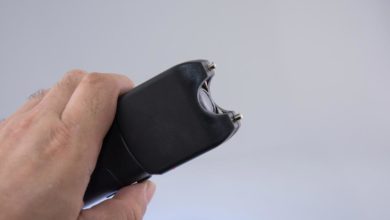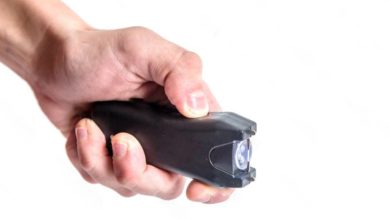How to Stop Pepper Spray Burn on Skin: Soothing Remedies and First Aid Tips
KEY TAKEAWAYS
Have you ever wondered how to stop pepper spray burning on your skin? Pepper spray, a lachrymatory agent used in policing, crowd control, and personal self-defense, can cause painful burns on the skin. This article provides practical steps to alleviate the pain and prevent further damage to your skin.
Why You Might Encounter Pepper Spray
Pepper spray is not just a tool for law enforcement. Many individuals carry it for personal protection. Whether you accidentally discharge a canister or find yourself in a situation where it’s used, it’s important to know how to respond.
Immediate Reactions to Pepper Spray
Upon contact with pepper spray, you might experience intense burning, stinging, redness, inflammation, and even temporary blindness. The psychological impact can also be significant, with panic and disorientation often occurring.
What Not to Do if Sprayed
Contrary to popular belief, you should not rub or wipe the affected area, as this can spread the capsaicin (the chemical that causes the burning sensation) and worsen the pain.
How to Immediately Reduce Pepper Spray Burn
One immediate reaction should be to blink rapidly to encourage tear production which can help flush out the spray. It’s also critical to remove any clothing contaminated by the pepper spray to prevent further skin contact.
First Aid Treatment: Fresh Air and Water
Getting to fresh air as quickly as possible can mitigate the respiratory effects of pepper spray. Rapid access to fresh air assists in reducing the intense burning sensation in the respiratory tract while also clearing the lungs of any spray particles that may have been inhaled.
Rinsing the affected skin with cool water can also help to reduce the burn. Cool water is a soothing agent, lessening the burning sensation and removing residual pepper spray particles from the skin’s surface.
Use of Milk and Detergent
Some people find relief by rinsing their skin with milk, as the fats can help to break down the capsaicin. The fats in milk act like a natural detergent, absorbing the capsaicin molecules and allowing them to be easily washed away. A mild detergent can also help to remove the oily residue left by the spray. Detergents, particularly those formulated for grease removal, can dissolve the oil-based capsaicin, helping to cleanse the skin more effectively.
Use of Baby Shampoo and Baking Soda Solution
Baby shampoo applied carefully, can help to remove the spray from the face and eyes. It’s important to use a tear-free formula to minimize further eye irritation. A solution of baking soda and water can also neutralize the burn on the skin. Baking soda, a natural acid neutralizer, can help to balance the skin’s pH level, lessening the burn caused by the acidic capsaicin.
Medication to Reduce Pain and Inflammation
Over-the-counter pain relievers and anti-inflammatories can help to manage the discomfort. Nonsteroidal anti-inflammatory drugs (NSAIDs) like ibuprofen can be particularly effective in relieving pain and reducing inflammation.
For severe reactions, it may be necessary to seek prescription treatments from a healthcare provider. Prescription treatments might include stronger pain relievers or topical creams specifically designed to neutralize capsaicin and soothe inflamed skin.
When to Seek Medical Attention
If symptoms persist or worsen, such as increasing pain, visual disturbances, or difficulty breathing, it’s essential to seek immediate medical attention. Delays in professional treatment can lead to more severe complications or longer-term health issues.
It’s crucial to remember that even though pepper spray is generally regarded as non-lethal, it can have substantial physiological effects, particularly if you have a pre-existing respiratory condition.
A healthcare provider will be able to assess your situation properly, provide appropriate medical treatment, and offer advice for symptom management in the following days. Thus, do not hesitate to contact medical professionals in case of severe reactions to pepper spray.
Recovery Period: What to Expect
Recovery from a pepper spray incident can range from a few hours to several days, depending on the severity of the exposure. Long-term effects are rare but possible, particularly if the spray enters the eyes.
Preventing Future Pepper Spray Incidents
Knowing how to handle and store pepper spray properly can prevent accidental discharges. Furthermore, exploring other self-defense alternatives can ensure your safety without the risk of causing harm to yourself or others.
Frequently Asked Questions
1. What is the immediate reaction to pepper spray?
Immediate reactions include a burning sensation, redness, inflammation, and sometimes temporary blindness.
2. Is milk effective in reducing pepper spray burns?
Yes, the fats in milk can help break down the capsaicin, reducing the burning sensation.
3. How long does the recovery period usually last?
Recovery can range from a few hours to several days, depending on the severity of exposure.
4. What should I avoid doing after being sprayed with pepper spray?
You should avoid rubbing or wiping the affected area, which can spread the capsaicin and worsen the pain.
5. When should I seek medical attention?
If symptoms persist or worsen, such as increasing pain, visual disturbances, or difficulty breathing, seek immediate medical attention.
Conclusion
Pepper spray burns can be painful and frightening, but knowing what to do can significantly reduce the discomfort and potential damage. This guide provides essential information to navigate such incidents. However, prevention is always better than cure, so handle pepper spray cautiously.
If you’re thinking about the voltage of a stun gun, read more about it from our blogs at Security Forward.





